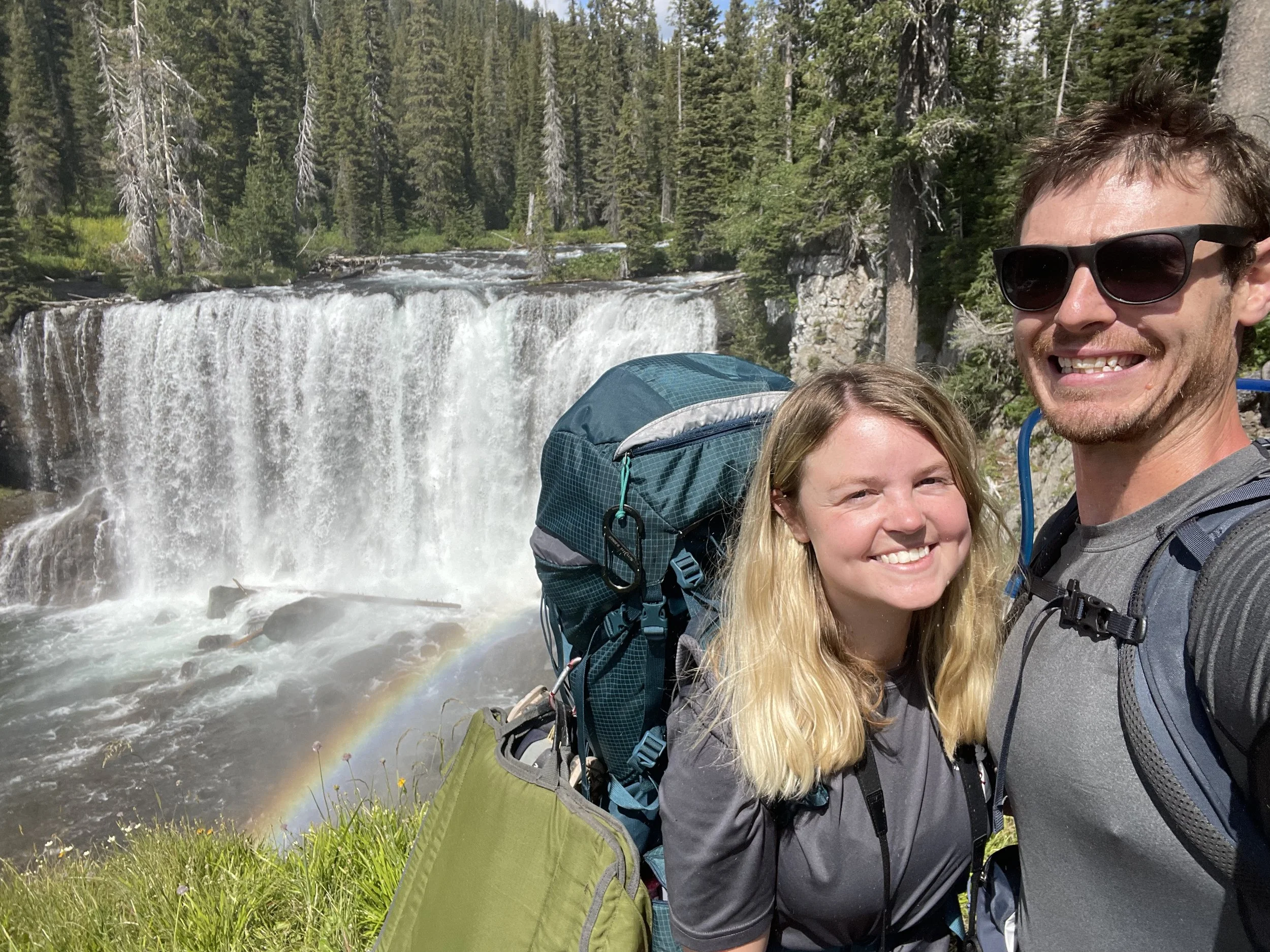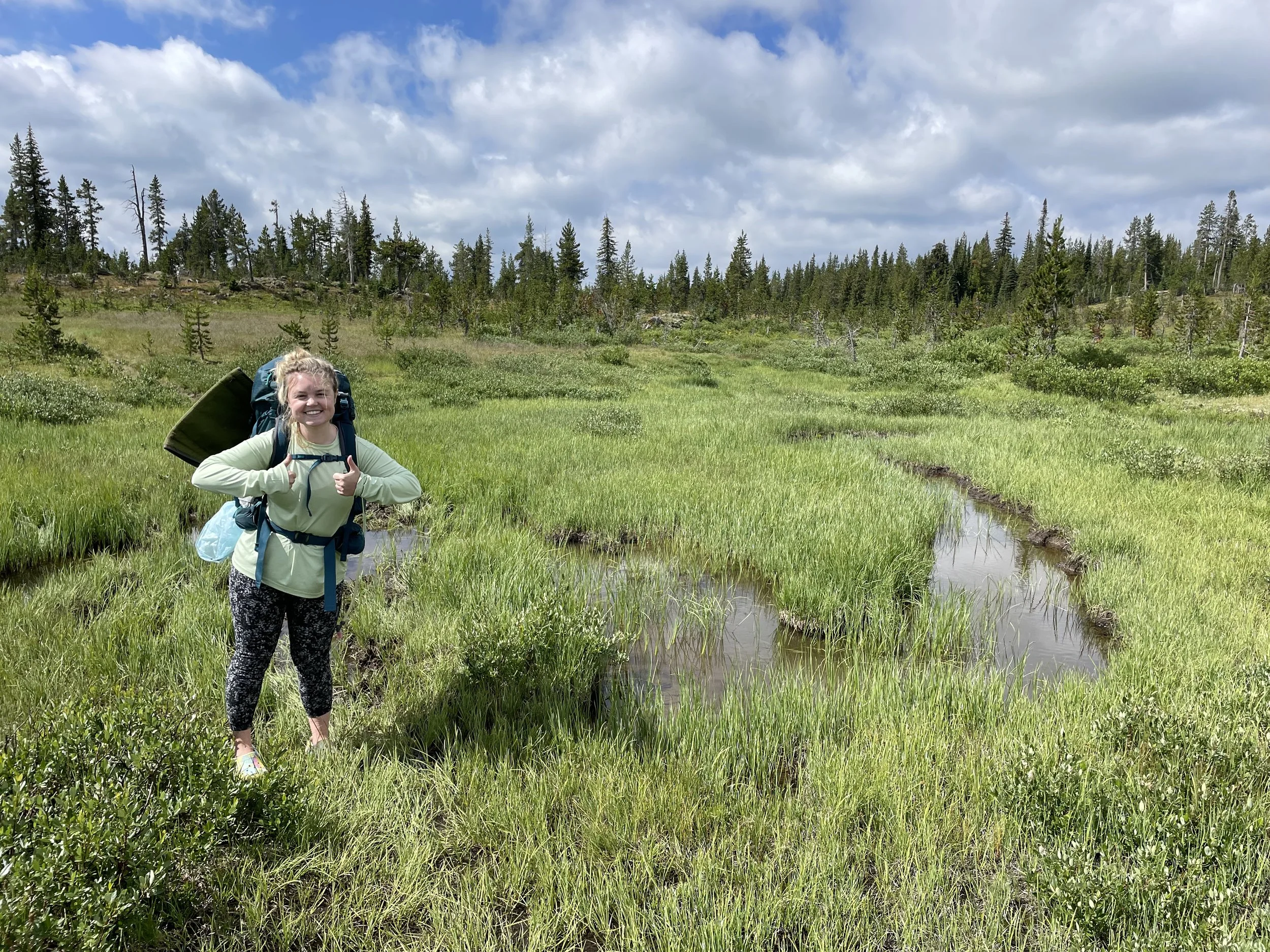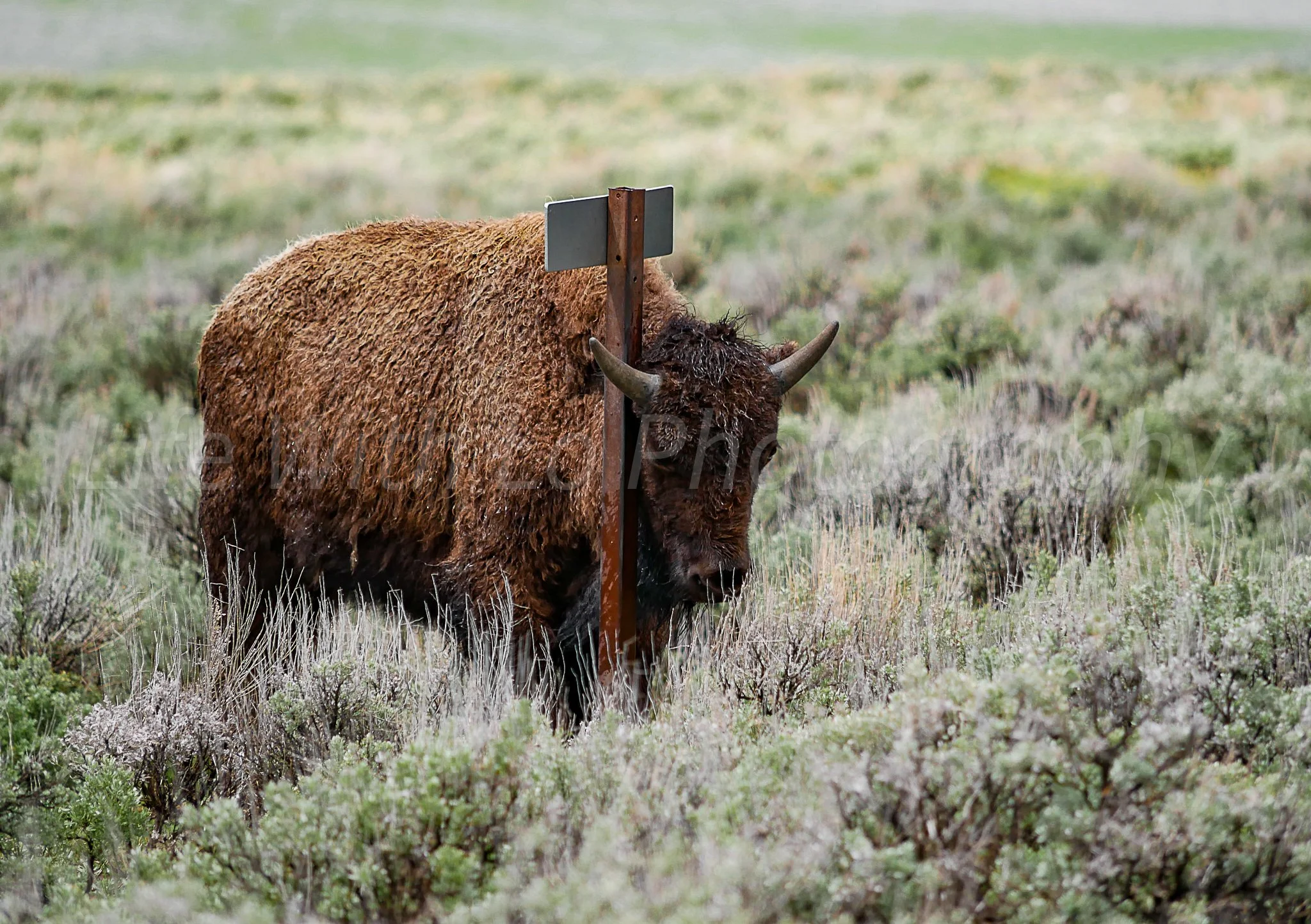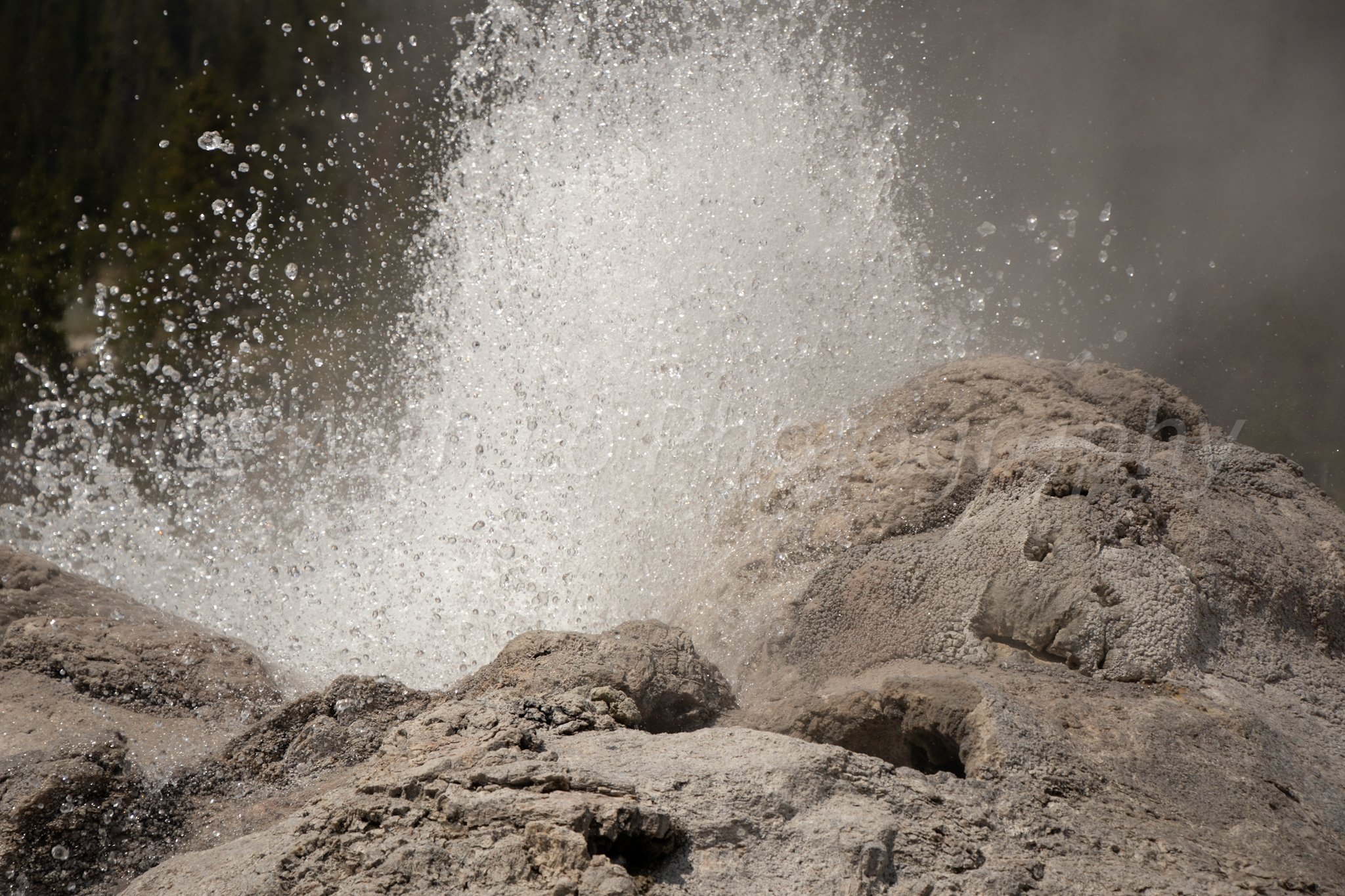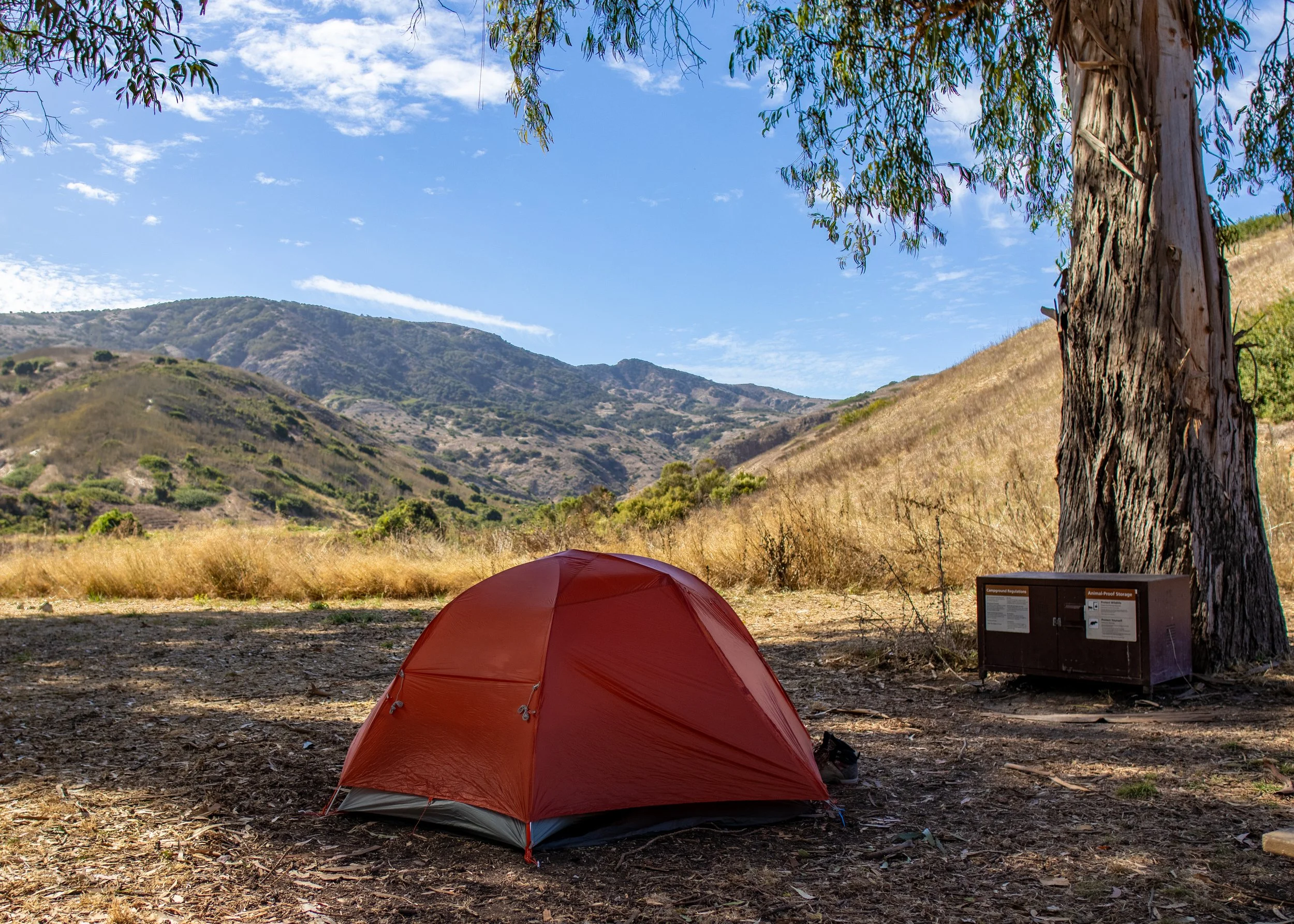
Guide to Backpacking
I have been backpacking since I was 12 years old. To be honest the first time I went was not ideal and I swore I was never going to go ever again. Until I decided that maybe it was not that bad and I then I went backpacking once a year until I went to college. If you have never gone before I will be honest, at times it can be mentally and physically draining. However, I have found it is worth every second whether you are eating a snack at an overlook, playing games at camp, or having an intimate wildlife experience. To have a successful trip it is important that you are well prepared. This page is my guide to planning a great backpacking trip, whether in Yellowstone or elsewhere.
Planning Your Route
Figuring out where you want to hike is the first step. I find that I look for what each trails that to offer first. For example, are there good views, cool thermal features (very Yellowstone), higher likelihood of wildlife, or solitude. To find out what different trails offer I look at Alltrails or talk to rangers or ask friends who have recommendations.
Location
Once I chose a few options I then look at mileage and elevation gain for each trail. It is important to keep in mind that you will be carrying a pack that weighs anywhere from 30 to 40 pounds. What you are capable of for day hikes might be different for backpacking due to the extra weight. If it is your first time I recommend minimal mileage and elevation change.
To find distance and elevation there are a few options. The easiest is searching the trail on Alltrails. The only problem is it recorded by other users and are not always accurate. Another option is using a topo map. These maps have a key to determine distance and the topo lines show the changing elevation. (Topo lines that are closer together mean a steeper incline than lines that are further apart).
Mileage and Elevation
Depending on where you are camping you may need to get permits for the campsites. If you are going backpacking in a National Park permits are required and can be obtained on recreation.gov.
Booking Campsites
Supplies
Always bring more food than the number of days you will be out. In case there is an emergency (very rare but can happen) and you need to spend more days out there waiting for help.
Food
Bring three litres of water per day. If you have water sources along the way then you should invest in a water filter. This way you do not have to carry as much water and there is not worry about running out.
Water
Weather in the mountains can change at any moment. It is important to always carry a rainjacket on you whether you are backpacking or on a day hike.
Rainjacket
Check the temperature of where you will be camping. Sleeping bags are rated for different temperatures. When I would camp in the Appalachians my 40 degree bag was perfect, but was not suitable for night temperatures in Yellowstone especially later in the season.
Sleeping bag
Whether it comes from sweaty feet or a possible fall during a river crossing (it happens) having wet feet during hiking can ruin the experience. Make sure to bring extra socks in case this happens.
Extra Pairs of Socks
Safety in the Backcountry
Wildlife for the most part is not dangerous when you encounter them, however, it is important to always take precautions. The rule of thumb for distance is to stay 100 yards away from bears/wolves and 25 yards from all other wildlife.
If you come across a bear or other predator along the trail let them know you are there and pull out your bearspray. Speak calmly and slowly back away while facing the animal. If the predator does charge then you will need to discharge the bear spray once they are 10 yards away.
When camping you will need to properly store your food and other items that have strong smells. A campsite will either have a bearbox (a metal box where you can store your pack) or a food pole. If it is a food pole you will need to bring paracord. You will need tie one side of the rope to the food and the other side will be thrown over the pole. Using the side that was thrown over you will hoist your food up 15 feet and in the center of the pole.
Wildlife
Thermal Areas
If you are backpacking in Yellowstone there is a possibility you might be crossing through a thermal area. If you do encounter a thermal basin the best thing to do is to stay on the trail. These trails are made so that they go through these areas safely. Make sure to not touch the thermal features. Not only can they hurt yourself but the oils from our skin can also damage the fragile features.
